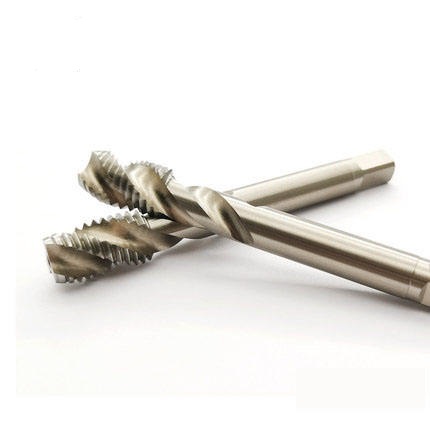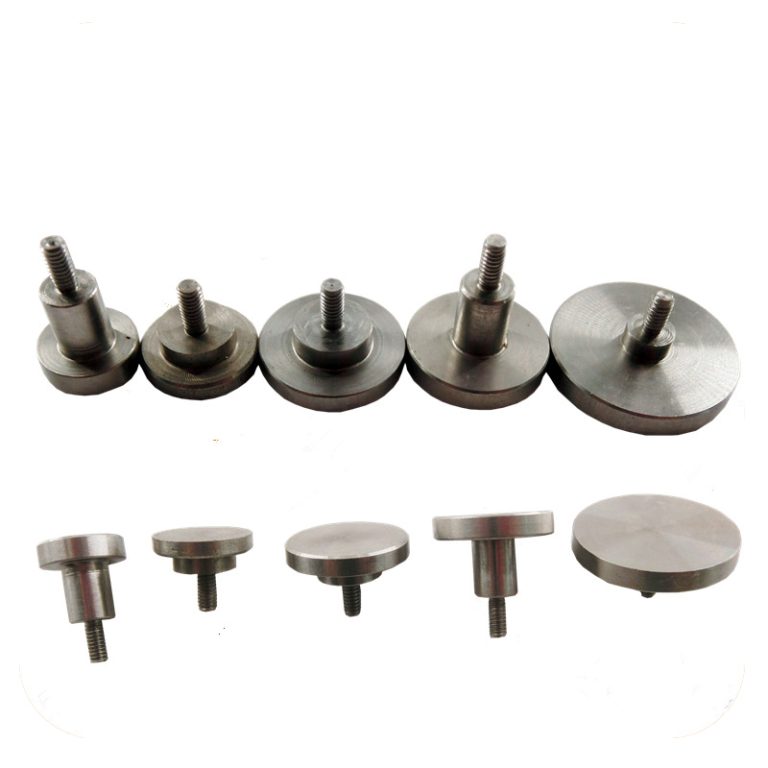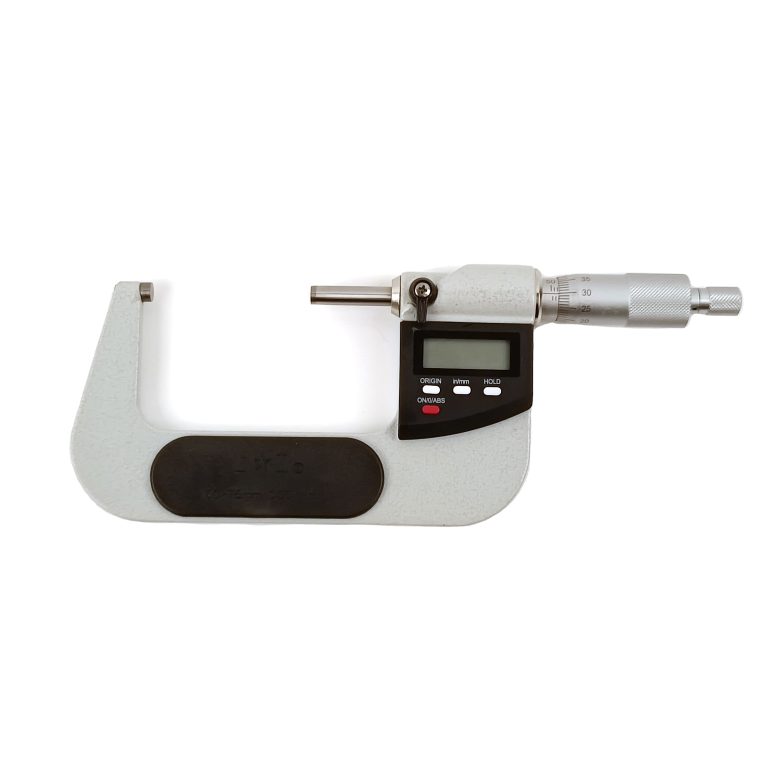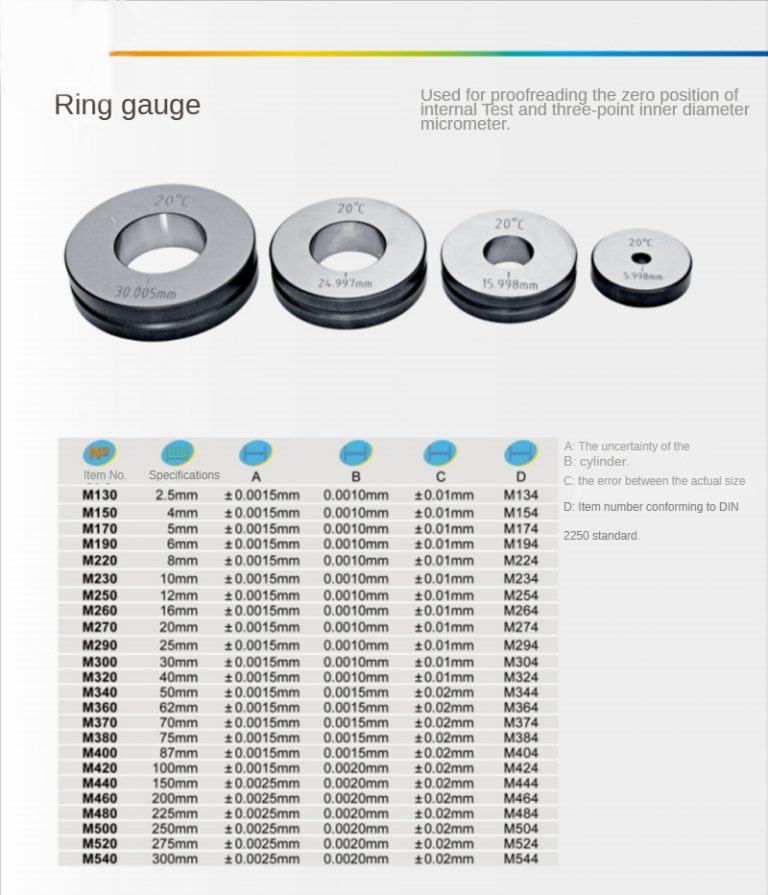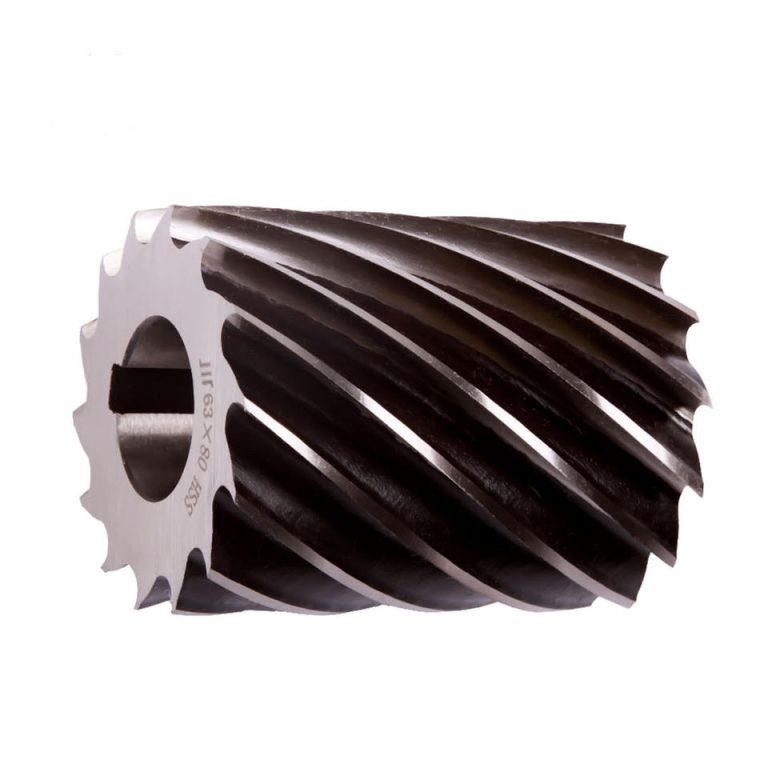How to choose a tap? 명세서, indicators
How to choose a tap? 명세서, indicators
Thread is the most common method of connecting mechanical parts, and tap is the most commonly used tool for processing internal threads. Correct selection of taps to process internal threads can ensure the quality of threaded connections and improve the service life of taps.
Select Tap Tolerance Zone
Domestic machine taps are marked with the code of the tolerance zone of the middle diameter: H1, H2, and H3, respectively, indicating the same position of the tolerance zone, but the tolerance value is different. The tolerance zone code of the hand tap is H4, the tolerance value, pitch, and angle error are larger than the machine tap, and the material, heat treatment, and production process could be better than the machine tap. H4 may not be marked according to regulations. The internal thread tolerance grades that can be processed by the pitch diameter tolerance zone of the tap are as follows: tap tolerance zone code applicable internal thread tolerance zone grade.
H1 4H, 5H
H2 5G, 6H
H3 6G, 7H, 7G
H4 6H, 7H
Some companies use imported taps, and German manufacturers often mark them as ISO1 4H, ISO2 6H, and ISO3 6G (the international standard ISO1-3 is equivalent to the national standard H1-3) so that the tap tolerance code and the internal thread that can be processed Tolerance zones are marked.
There are three common thread systems: metric, imperial, and unified (also known as American). The metric system is a thread with a tooth profile angle of 60 degrees in millimeters. For example, M8X1-6H means a fine metric thread with a diameter of 8 mm, a pitch of 1 mm, and a tolerance zone of an internal thread of 6H.
The imperial system is a thread with an inch as the unit and a tooth profile angle of 55 degrees. For example, BSW 1/4-20 means 1/4 inch in diameter, with a coarse thread pitch of 20 teeth per inch; this thread is rarely used. Another unified system is a thread with a unit of inch and a tooth profile angle of 60 degrees.
The diameter is less than 1/4 inch, commonly used numbering from 0 to 12 to represent the diameter specifications of 0.06 inch to 1/4 inch. The United States still mainly uses unified threads.
Choose the type of tap.
We often use straight flute taps, spiral flute taps, spiral tip taps, and extrusion taps, each with its strengths.
Straight flute taps have the strongest versatility, can be processed through holes or non-through holes, non-ferrous metals or ferrous metals, and the price is the cheapest. But the pertinence is also poor, everything can be done, and nothing is done best. Spiral flute taps are more suitable for processing non-through hole threads, and the chips are discharged backward during processing. Due to the helix angle, the actual cutting rake angle of the tap will increase with the increase of the helix angle.
Experience tells us: when processing ferrous metals, the helix angle should be selected smaller, generally around 30 degrees, to ensure the strength of the helix teeth. For processing non-ferrous metals, choose a larger helix angle, around 45 degrees, and the cutting is sharper. The chips are discharged forward when the screw point tap processes the thread. Extrusion taps are more suitable for processing non-ferrous metals.
